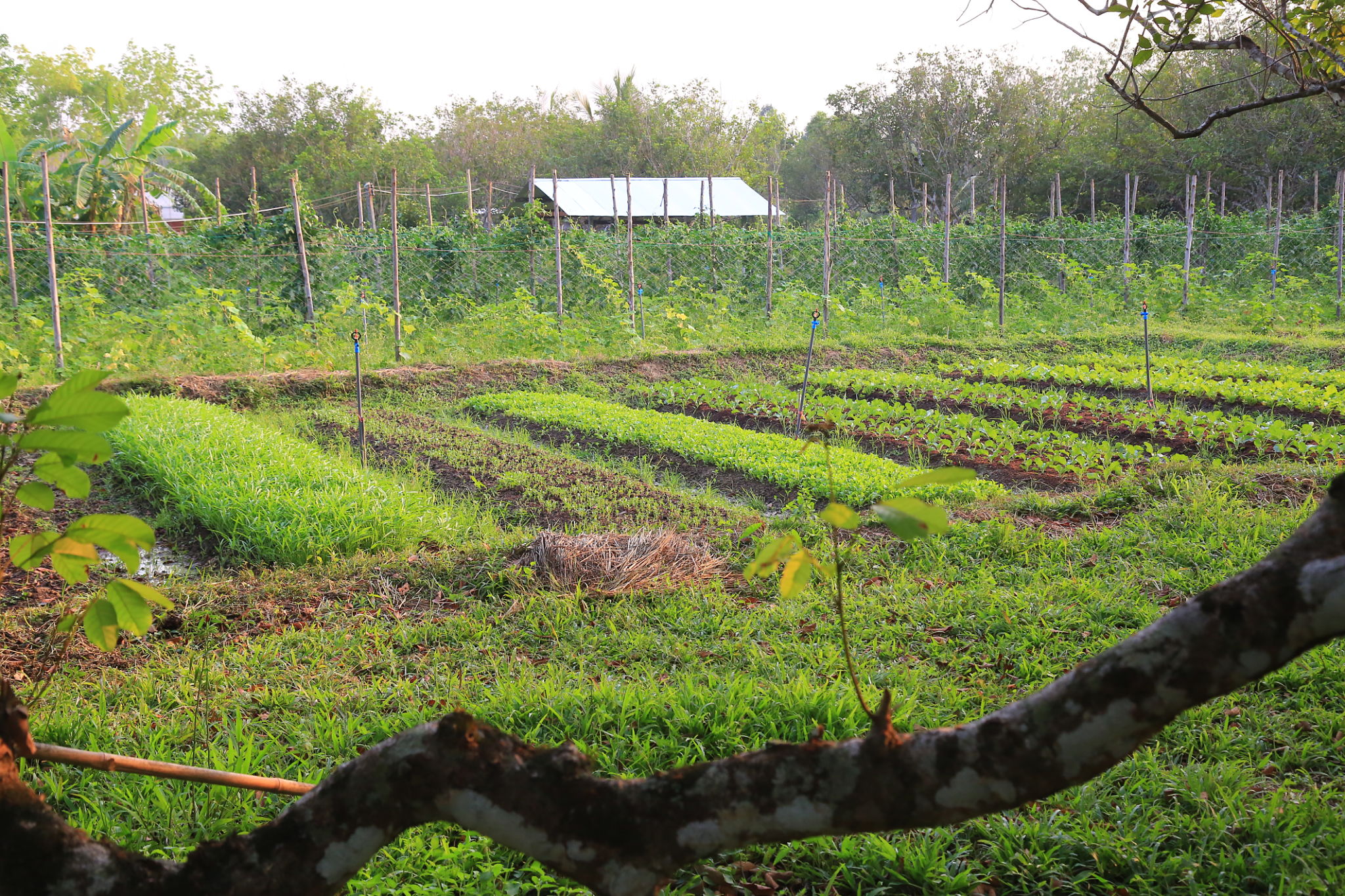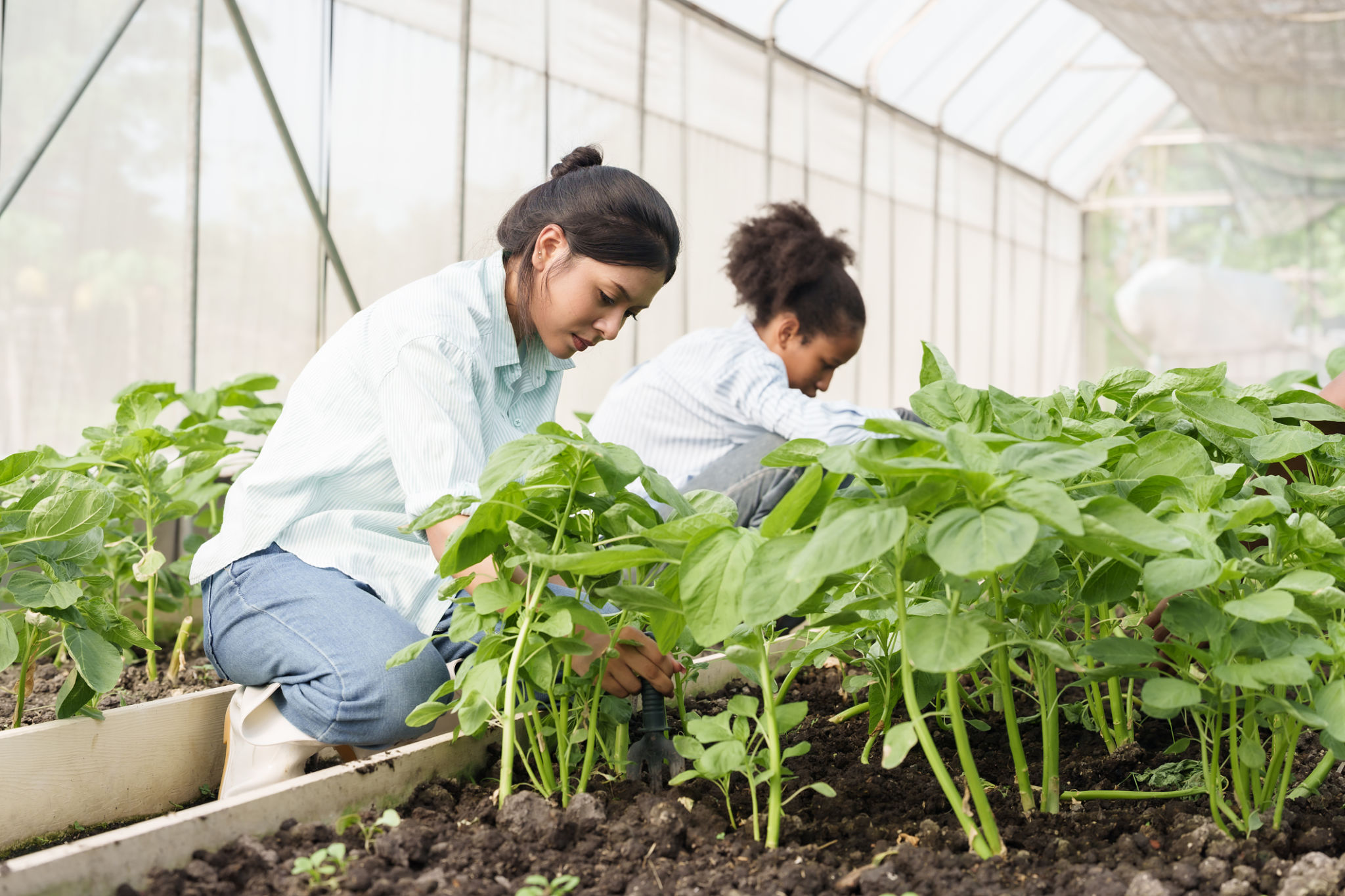Top Biosecurity Practices for Small Farms in Caboolture
Understanding Biosecurity
Biosecurity is crucial for maintaining healthy livestock and crops, especially on small farms in Caboolture. It involves a series of practices designed to prevent the introduction and spread of harmful organisms, including pests, diseases, and invasive species. Implementing effective biosecurity measures not only protects your farm but also contributes to the overall health of the agricultural industry in the region.
Small farmers might feel that biosecurity is something only large-scale operations need to worry about. However, the reality is quite the opposite. Every farm, regardless of size, plays a role in maintaining the biosecurity of the community. By implementing these practices, farmers can enhance productivity and sustainability.

Identifying Risks
The first step in establishing strong biosecurity is identifying potential risks. This involves understanding the specific threats your farm might face, such as diseases that affect your particular crops or livestock. Regular assessments and staying informed about regional biosecurity alerts can help you stay ahead of potential issues.
Create a risk management plan that outlines possible threats and how to address them. This plan should be regularly updated to reflect new information or changes in your farm's operations. Engaging with local agricultural experts or biosecurity officers can provide valuable insights into potential risks specific to the Caboolture area.

Implementing Preventive Measures
Once risks are identified, implementing preventive measures is crucial. Some basic practices include controlling farm access, maintaining cleanliness, and monitoring animal health. Limiting visitor access and ensuring that all visitors follow strict cleaning protocols can significantly reduce the risk of introducing pathogens.
Regular cleaning and disinfection of equipment and facilities are vital. Additionally, adopting quarantine measures for new livestock or plants allows you to monitor them for diseases before introducing them to the rest of your farm.

Monitoring and Surveillance
Continuous monitoring and surveillance are essential components of a biosecurity plan. Regular health checks for animals and plants can help detect early signs of disease, allowing for prompt intervention. Keeping detailed records of these checks can identify patterns and inform future actions.
Implementing technology such as surveillance cameras or automated sensors can enhance your monitoring efforts. These tools can provide real-time data on animal behavior or environmental conditions, offering an additional layer of security.
Educating Farm Workers
Education is a powerful tool in biosecurity. Ensuring that all farm workers understand the importance of biosecurity and are trained in best practices is essential. Regular training sessions can keep everyone informed about the latest threats and preventive measures.
Encourage open communication among staff to report any suspicious symptoms or unusual occurrences immediately. A well-informed team can act quickly to mitigate risks, protecting both the farm and the surrounding community.

Community Engagement
Biosecurity is a community effort. Engaging with neighboring farms and local agricultural organizations can strengthen biosecurity practices across the region. Sharing information about outbreaks or effective practices helps create a united front against potential threats.
Participating in local biosecurity initiatives or workshops can provide valuable knowledge and resources. Building a network of support ensures that small farms in Caboolture remain resilient against biosecurity challenges.